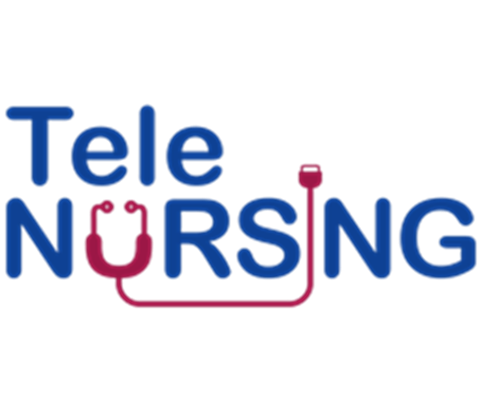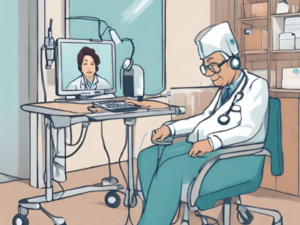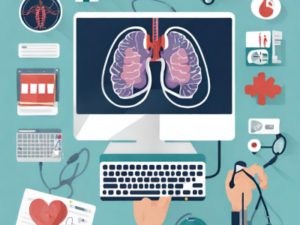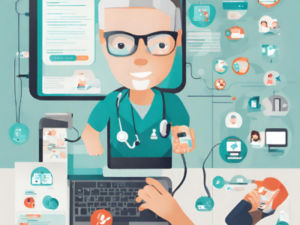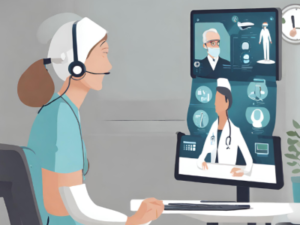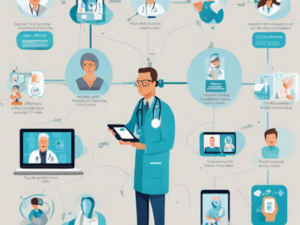Module 4: Managing acute clinical conditions through telecare
- Description
- Curriculum
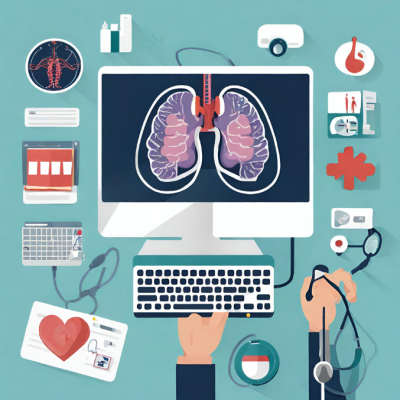
-
2LESSON 1: Managing acute clinical conditions through telecare Emergency telecare
Introduction
The rapid spread of technology and its application in many aspects of our daily lives is noteworthy. Telecommunications are defined as the transmission of information from one area to another, using signals, words, or images.
The utilization of digital technology in healthcare has been further enhanced due to the extraordinary circumstances created by the COVID-19 pandemic. Internationally recognized health organizations such as the World Health Organization (WHO) and the Centers for Disease Control and Prevention (CDC) in the United States and Europe emphasized the importance of technology and monitoring systems in timely virus detection and prevention.
Telemedicine, telehealth, and telemedicine development capabilities are a priority for organizations, companies, and public services, depending on their specific needs. The WHO specifically refers to telemedicine as one of the ten proposed strategic actions as an alternative model for the implementation of clinical services and clinical decision support.
General Aim
General aim is to acquire knowledge for the treatment of acute clinical conditions remotely.
Objectives
To provide the right instructions and at the right time for the treatment of severe acute clinical conditions remotely.
Learning Outcomes
Knowledge
1. Understand the principles and importance of telenursing in emergency cases
2. To become able to manage successfully emergency cases
3. Recognize the symptoms that can lead to life threatening situations
Skills
To develop all those qualifications that will make the trainee capable of diagnosing life-threatening emergencies.
Competence
The acquisition of the necessary knowledge for recognizing emergencies and the immediate referral of the patient to a doctor of the appropriate specialty or hospital facilities
-
3LESSON 2: Managing acute clinical conditions through telecare. Allergies-Anaphylaxis telecare
Introduction
According to recent publications from the European Academy of Allergy and Clinical Immunology (EAACI) and the American Academy of Allergy, Asthma, and Immunology (AAAAI), mHealth can be useful in providing high-quality medical care to patients with various allergies especially those with allergic rhinitis (AR) and asthma.
Nurses can track symptoms of patients with dermatological allergic diseases such as atopic dermatitis, contact dermatitis, chronic urticaria remotely.
The severity and spread of the disease can be recorded keeping a diary of the disease. The Patient-Oriented Score of Atopic Dermatitis (PO-Scorad), the Atopic Dermatitis Activity Score and the Patient-Oriented Eczema Measure have been validated for the assessment of the severity of dermatological diseases and have been adapted for use in mobile apps.
ΜHealth apps can be used for the education of patients with anaphylactic reactions. Recognizing and dealing with anaphylactic shock is not only important for patients, but also for family members, teachers, preschool staff, nurses, and others who may encounter with it
General Aim
General aim is to acquire knowledge for the treatment of allergic episodes remotely.
Objectives
To provide the right instructions and at the right time for the treatment of severe allergic episodes remotely.
Learning Outcomes
a) Knowledge
1. Understand the principles and importance of treating allergies and anaplylaxis remotely.
2. Gain knowledge of treating patients' allergies remotely.
3. Understand the symptoms of Anaphylaxis.
4. Develop awareness of triggers of Anaphylaxis.
5. Understanding the Clinical Features of Anaphylaxis
6. Gain proficiency in ways of preventing Anaphylaxis.
7. Demonstrate proficiency in conducting management of Anaphylaxis.
b) Skills
1. Develop skills to demonstrate treating patients' allergies remotely
2. Acquire skills to prevent Anaphylaxis
3. Cultivate skills in conducting management of Anaphylaxis.
4. Enhance skills for controlling symtoms of Anaphylaxis.
5. Identify and address potential challenges or barriers that patients may face in the management of Anaphylaxis
c) Competence
1. Display proficiency in treating allergies and anaplylaxis remotely.
2. Apply knowledge of symptoms of anaphylaxis
3. Exhibit competence in managing anaphylaxis in remote care settings.
4. Efficiently conduct virtual consultations and utilize telecommunication technologies to assess and prioritize patients with anaphylaxis
5. Demonstrate the ability to apply Adrenaline auto-injectors
6. Develop the ability to create personalized care plans for each for patients with anaphylaxis.
7. Provide support, feedback, and encouragement to promote patient use of Adrenaline auto-injectors
-
4LESSON 3: Mental health telecare
In the context of mental health, telehealth interventions are aligned with the principles of recovery-orientated services as they help to promote service-user empowerment (Department of Health, 2020; Health Service Executive, 2018, 2020). Across the mental health space, telehealth interventions are used in a variety of settings and for a variety of mental health problems (Zhou et al., 2021) including illicit substance and alcohol use (Hoch et al., 2016; Schouten et al., 2022) and for increasing positive mental well-being (van Doorn et al., 2021). However, barriers for the use of telehealth interventions exist, particularly in the context of concerns around online safety (Schmidt-Hantke et al., 2021) and a lack face-to-face contact with service providers (Borghouts et al., 2021; Schmidt-Hantke et al., 2021). Conversely, some of the advantages include cost-effectiveness (Zhai, 2020; Schmidt-Hantke et al., 2021) and the ease of and improved access to services (Andersson & Titov, 2014; Marcu et al., 2022). The vast majority of individuals with pre-existing mental health diagnoses receive treatment from low-to medium-resource settings which include outpatient clinics and community health teams (Thornicroft et al., 2016). In these settings, care focuses on the provision of psychosocial, occupational and pharmacological interventions (Thornicroft et al., 2016) as well as assertive outreach (Department of Health, 2020; Health Service Executive, 2012). However, there is little evidence specific to the role of the nurse in the provision of mental health services via telehealth in the existing literature and subsequently, there is a need to identify the effects and implications of the use of telehealth and opportunities for future telehealth developments.
General aim is to acquire knowledge for the recognition of symptoms of mental disorders and treatment of them consultatively and practically remotely by nurses.
Determine the significance of a wellness approach to the delivery of mental health/psychiatric care to individuals and families within the context of their environment and community remotely.
Examine the effects of serious mental illness on daily functioning, interpersonal relationships, and quality of life remotely.
Interpret social and legislative influences on psychiatric/mental health care of individuals and families within the context of their environment and community.
a) Knowledge
On successful completion of the course students will be able to:
1. Evaluate and analyse theories of mental health and well-being with a focus on determinants of mental health.
2. Evaluate and analyse mental health disorders with a focus on prevention, evaluation, diagnosis, and treatment of mental health disorders.
3. Evaluate and analyse the main psychological therapeutic orientations and applications.
4. Identify clinically relevant psychological information using case studies.
5. Apply values for ethical professional practice and public safety.
Also 1. To have learned how to handle specific groups of patients
2. To be able to organize a psychoeducation group
3. Use of specific evaluation tools in the evaluation phase
4. Use of support networks for the empowerment, rehabilitation and integration of the mentally ill in the community
5. To have understood the rights of patients and to know basic concepts for the operation of Health systems
b) Skills
1. Develop skills to demonstrate prevention patients' psychological disorders remotely
2. Acquire skills to prevent mental health
3. Cultivate skills in conducting management of mental disorders.
4. Enhance skills for recognition and controlling symptoms of mental disorders.
5. Identify and address potential challenges or barriers that patients may face in the treatment of mental illness.
c) Competence
1. Display proficiency in treating mental health patients remotely.
2. Apply knowledge of symptoms of mental illness
3. Exhibit competence in managing disorders in remote care settings.
4. Efficiently conduct virtual consultations and utilize telecommunication technologies to assess and prioritize patients with mental issues
5. Develop the ability to create personalized care plans for each for patients with mental disorders.
6. Provide advice to caregivers of people with mental health problems on the correct administration of medication
7. Provide support, feedback and encouragement to both carers and patients
-
5Bibliography
